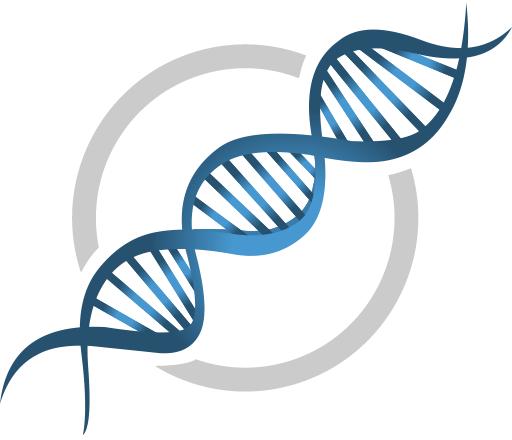Last Updated: September 15, 2022
Introduction to Imprinting
Genomic imprinting refers to a genetic phenomenon whereby there is preferential expression of a gene from only one of the two parental alleles. This phenomenon of allele-specific expression results from allele-specific epigenetic modifications such as CpG dinucleotide methylation or histone methylation or histone acetylation. These modifications are referred to as epigenetic modifications (also referred to as epigenetic “marks”). In non-imprinted regions of the chromosomes, the parental epigenetic marks are erased in the germ cells only to be newly established in a parental-specific manner. Once the parental-specific epigenetic marks are established, they are maintained following fertilization.
In contrast, imprinted genes exhibit what are referred to as differentially methylated regions (DMRs) and these DMRs escape the genome-wide demethylation that takes place during the earliest cleavage events of embryonic development. In addition, these DMRs escape the global de novo methylation that normally occurs when the embryo undergoes implantation. Two distinct types of DMRs have been found: those that are formed following fertilization and those that are formed in the germ cells and maintained throughout development. The latter DMRs are associated with chromosomal regions termed imprinting control centers, ICRs.
The deregulation of imprinted genes has been associated with several diseases in humans. A characteristic feature of all of these diseases is that they do not exhibit normal Mendelian patterns of inheritance as well as showing parental origin effects. The normal role of imprinting seems to have evolved to fine-tune the growth and development of the fetus. Studies have shown that for the most part paternally expressed genes are associated with enhanced growth and maternally expressed genes lead to suppressed growth. In analysis of human imprinted genes and their counterparts in mice it has been shown that imprinted genes play important roles in the regulation of growth during embryonic and post-natal development. In addition, imprinted genes are often found misexpressed in cancers.
Classic human disorders related to genomic imprinting are Prader-Willi syndrome (PWS), Angelman syndrome (AS), Beckwith-Wiedemann syndrome (BWS), Russell-Silver syndrome (RSS), and Albright hereditary osteodystrophy. Given that the same chromosomal locus is involved in the genesis of PWS and AS these disorders are discussed together as a pair of syndromes.
Table of Several Disorders Resulting from Defects in Imprinting
| Syndromes Involving Imprinted Genes | Chromosomal Location |
| Beckwith-Wiedemann syndrome, BWS | 11p15 |
| Prader-Willi syndrome, PWS | 15q11.2–q13 |
| Angelman syndrome, AS | 15q11.2–q13 |
| Russell-Silver syndrome, RSS | 7p11–p13 7q31–qter 11p15 |
| Transient neonatal diabetes mellitus, TNDM | 6q24 |
| Albright hereditary osteodystrophy, McCune-Albright syndrome, Pseudohypoparathyroidism type 1b (PHP1b) | 20q13 |
| Familial nonchromaffin paraganglioma | 11q13 |
| Maternal (Temple syndrome) UPD14 syndrome [upd(mat)14] | 14q32.2 |
| Paternal (Kagami-Ogata syndrome) UPD14 syndrome [upd(14)pat] | 14q32.2 |
| Central precocious puberty 2 (CPPB2) | 15q11.2 |
In addition to the syndromes listed in the Table above several diseases that are the result of complex genetic involvement have been shown to exhibit parent-of-origin effects. These disorders include autism, Hirschsprung disease, Alzheimer disease, schizophrenia, bipolar affective disorder, and type 1 and type 2 diabetes.


